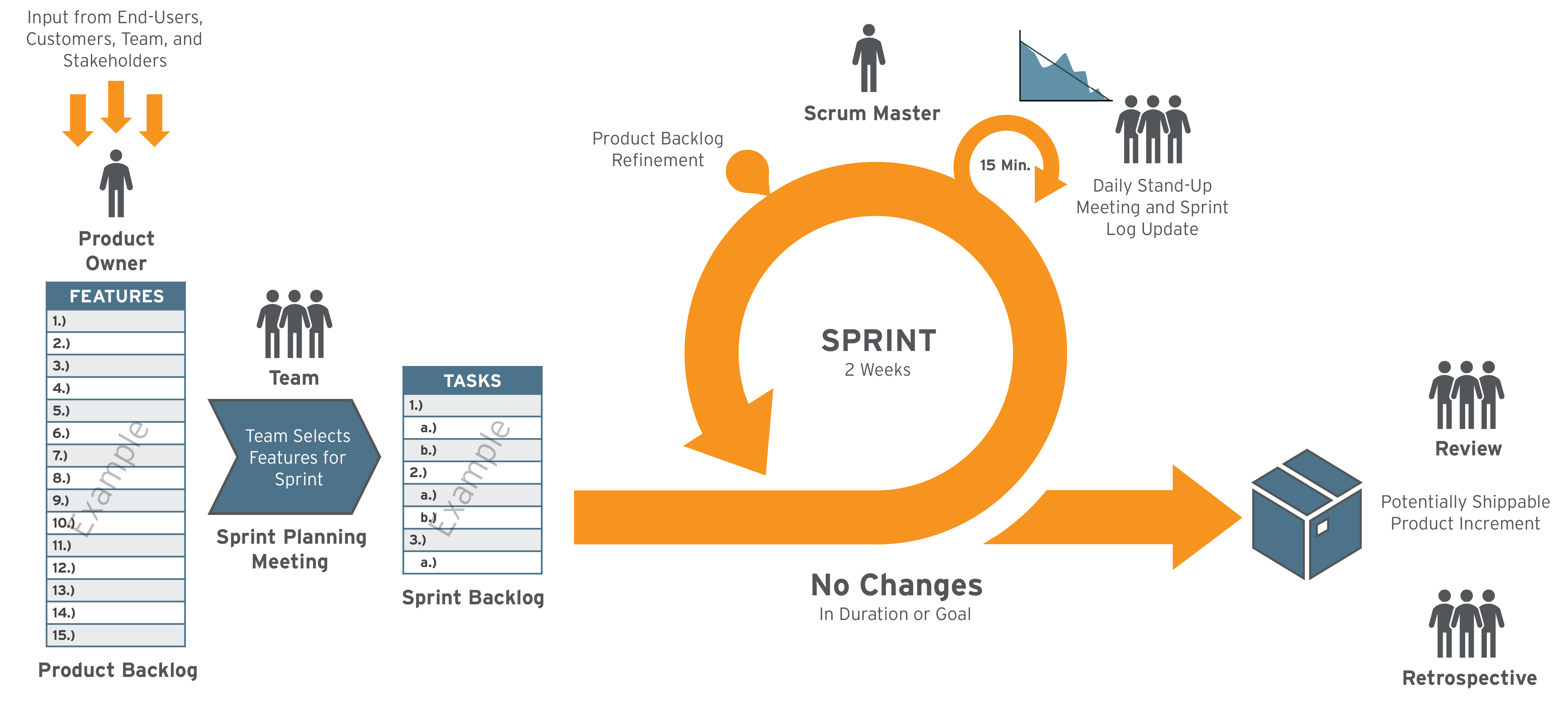Jul 25th, 2019
Best Practices
What Problem Are We Trying to Solve?
Written by: Jesse LaDousa, Chief Executive Officer
In the last decade, many companies have embarked on a journey to shift the focus of culture within their organization from company-focused to customer-focused; and for good reason. Successful organizations have learned that creating a unified customer-centric approach is the key to growth, profitability, and a strong reputation in the marketplace. How do we utilize the technology available to us today in order to further this mission? Who should be the champion of this activity? How do we get a total view of the organization to ensure alignment?
Define Objectives
Before solutioning the problem statement above, we must first define the objectives by which we will measure the success of our solution. We must get away from solution-first thinking and answer the question “what problem are we trying to solve?”. Implementing a new CRM is not a problem statement - it’s a solution to a problem. In order to further the shift to customer-focused experiences we must think about things in a different light. We must:
- Make decisions on the right data
- Breakdown silos within the organization
- Get to the answer quicker
- Be proactive, not reactive
Stakeholders
In order to achieve success, we must solicit requirements from the appropriate parties. A stakeholder is defined as someone materially impacted by the outcome of the project. In many cases, this will include representation from the executive team, sales, marketing, finance, and most importantly the customer!
Many organizations attempt to take on endeavors such as this and spend too much time naval gazing, forgetting the ultimate consumer of the solution should be a happy customer. How would we ever know how to make that happen without talking to them, understanding their perspective, and learning how our practices can support/enhance their experience?
Solution Options
Only after we define our objectives should we then begin looking at solution options. Each option should impact at least one or more of the defined objectives. If a solution doesn’t provide impact, it’s probably not a valid option to continue considering. Some technology solutions to consider:
- Integrate disparate systems to gain insights to data
- Implement business intelligence and expose data that is actionable
- Utilize collaboration tools to centralize and track interactions
- Localize data to ensure clarity in communications among employees and customers
Implement, Measure, and Adjust
The most successful implementations are those in which you can adjust as you learn. Breaking down your project into smaller slices that provide business value on their own, allows you to implement improvements more often and generates the opportunity to regularly measure your success and adjust your actions moving forward. Massive, “big-bang” changes tend to yield less value due to their inability to adjust throughout the project’s life cycle. What you initially believe to be the top set of priorities can often change as your user base starts providing feedback while utilizing the system(s). The following flowchart communicates the importance of gaining input from end-users at the beginning of each project increment and how it impacts all activities moving forward.

Recap
In conclusion, our journey must be both collaborative and transparent. A journey in which we are constantly soliciting feedback and adjusting our course of action to ensure we are working on the highest value items at any given time. Adherence to these five principals will assure that you remain focused on the problem you’re trying to solve.
- Define the problem you are trying to solve
- Define how you will measure success
- Create solution options that meet the objectives
- Select the right course of action
- Implement, measure, and adjust


